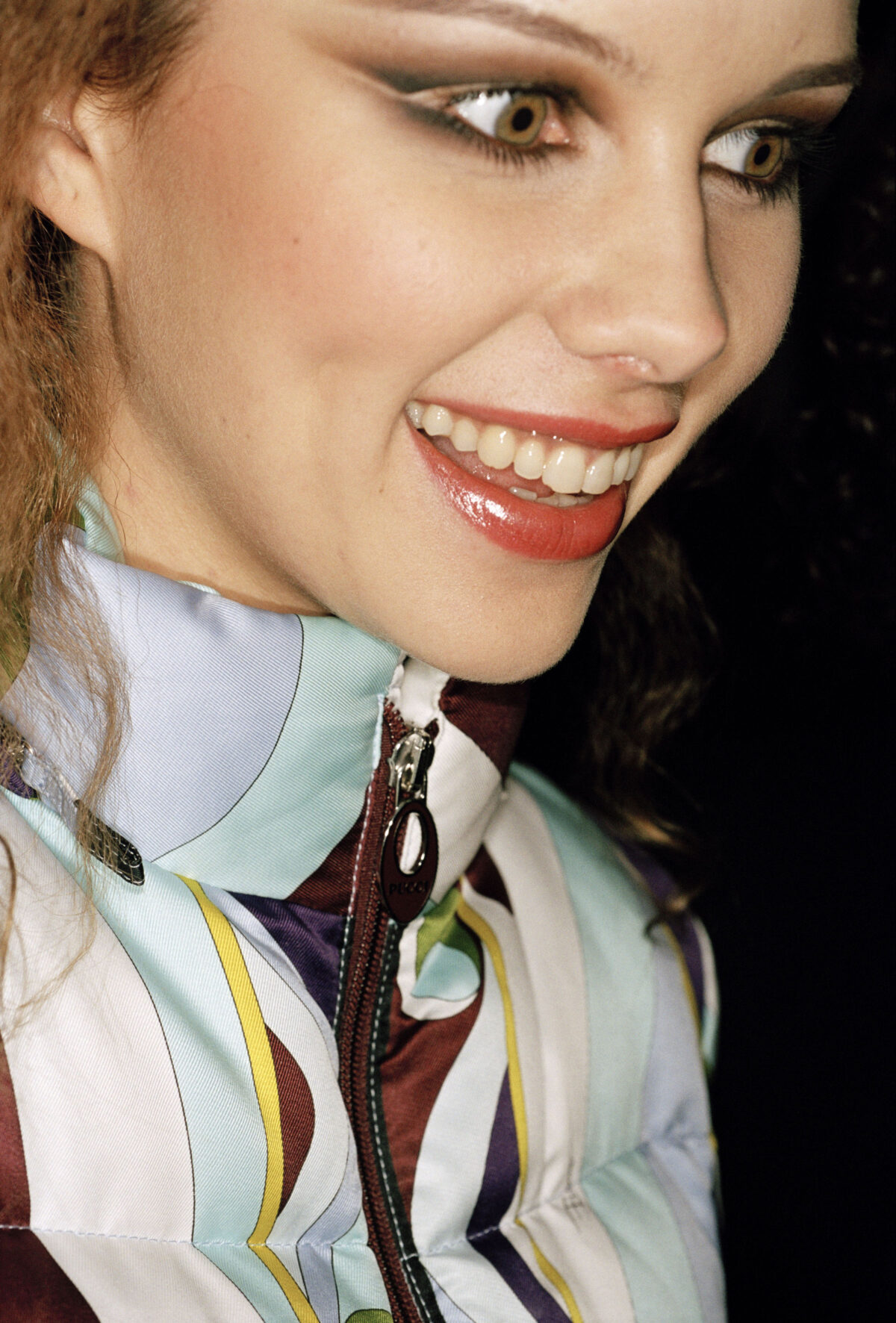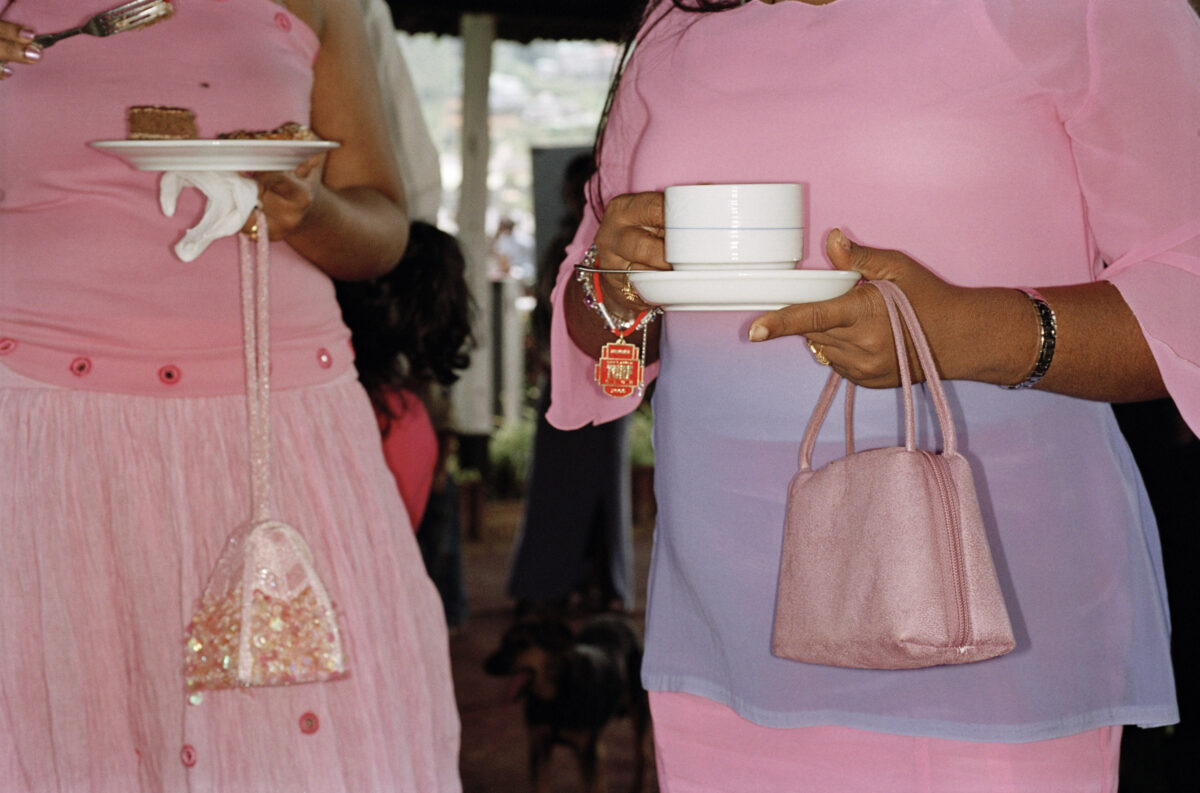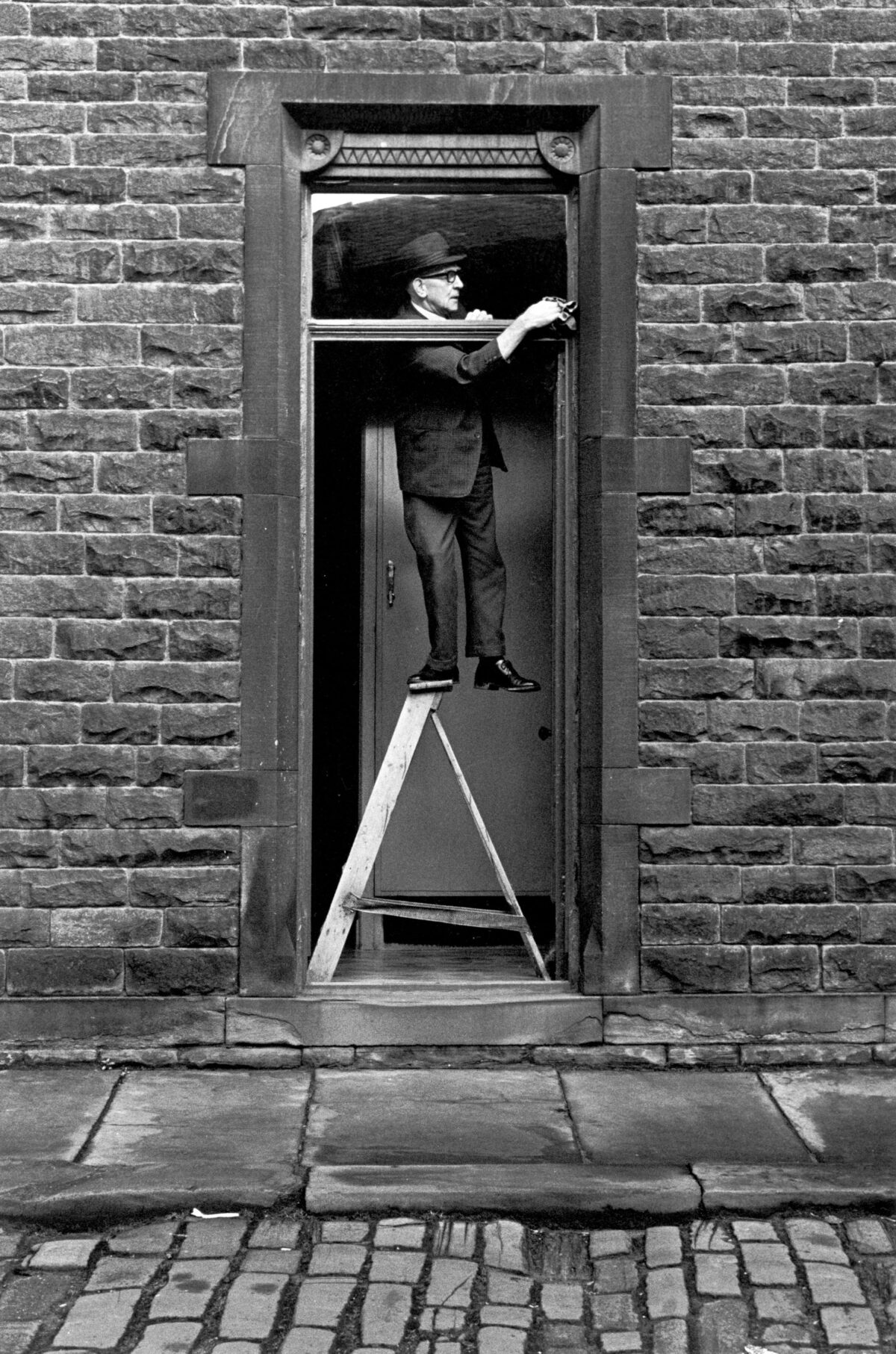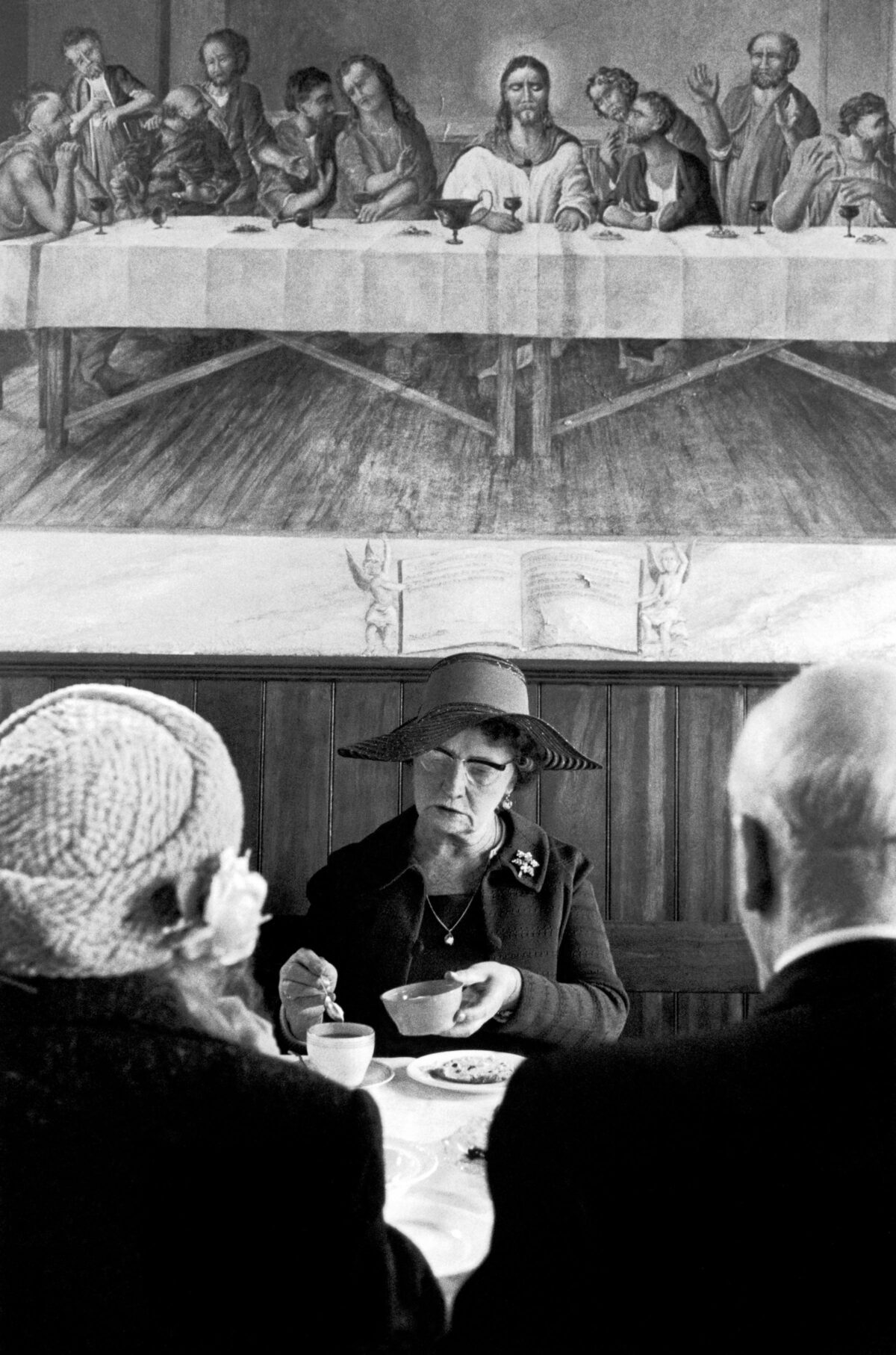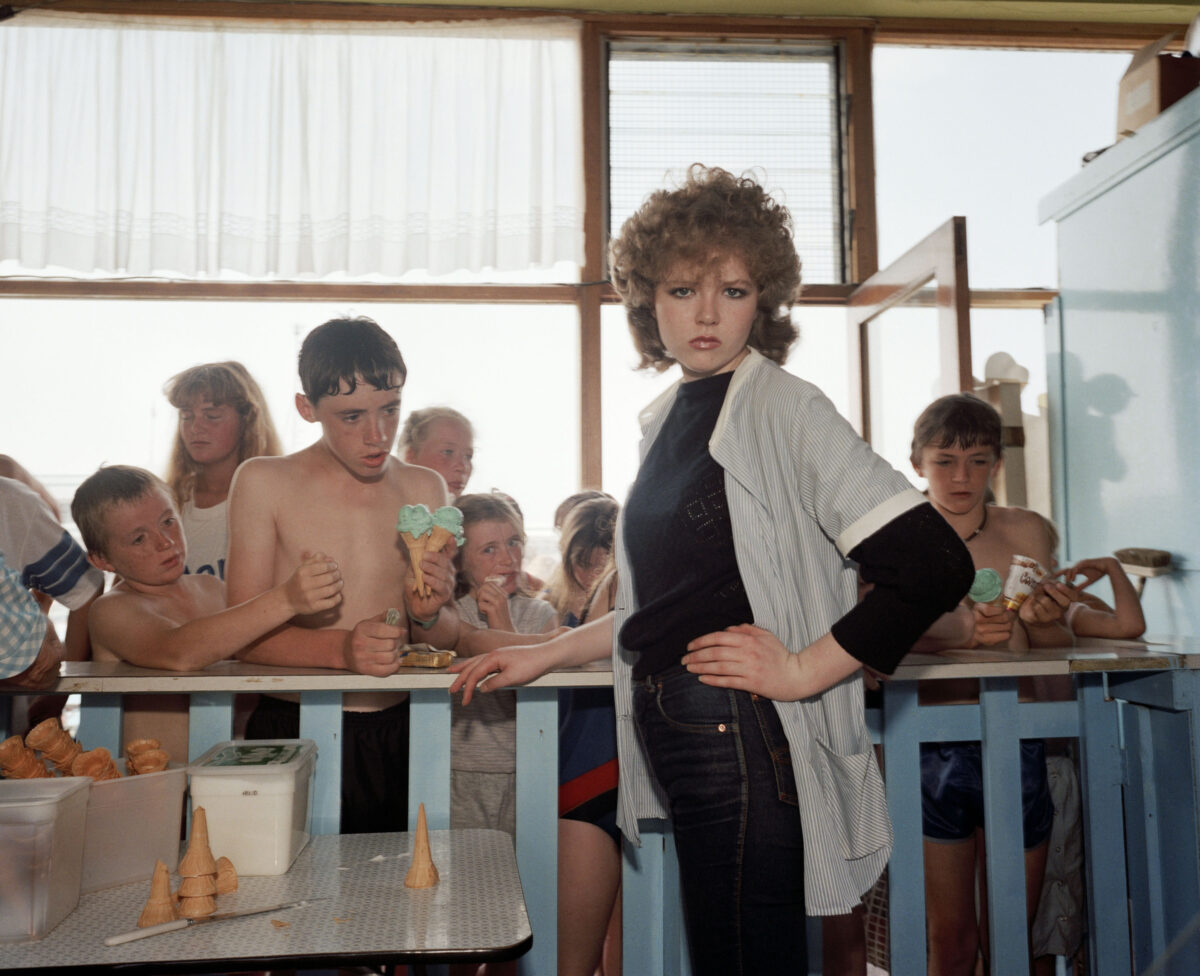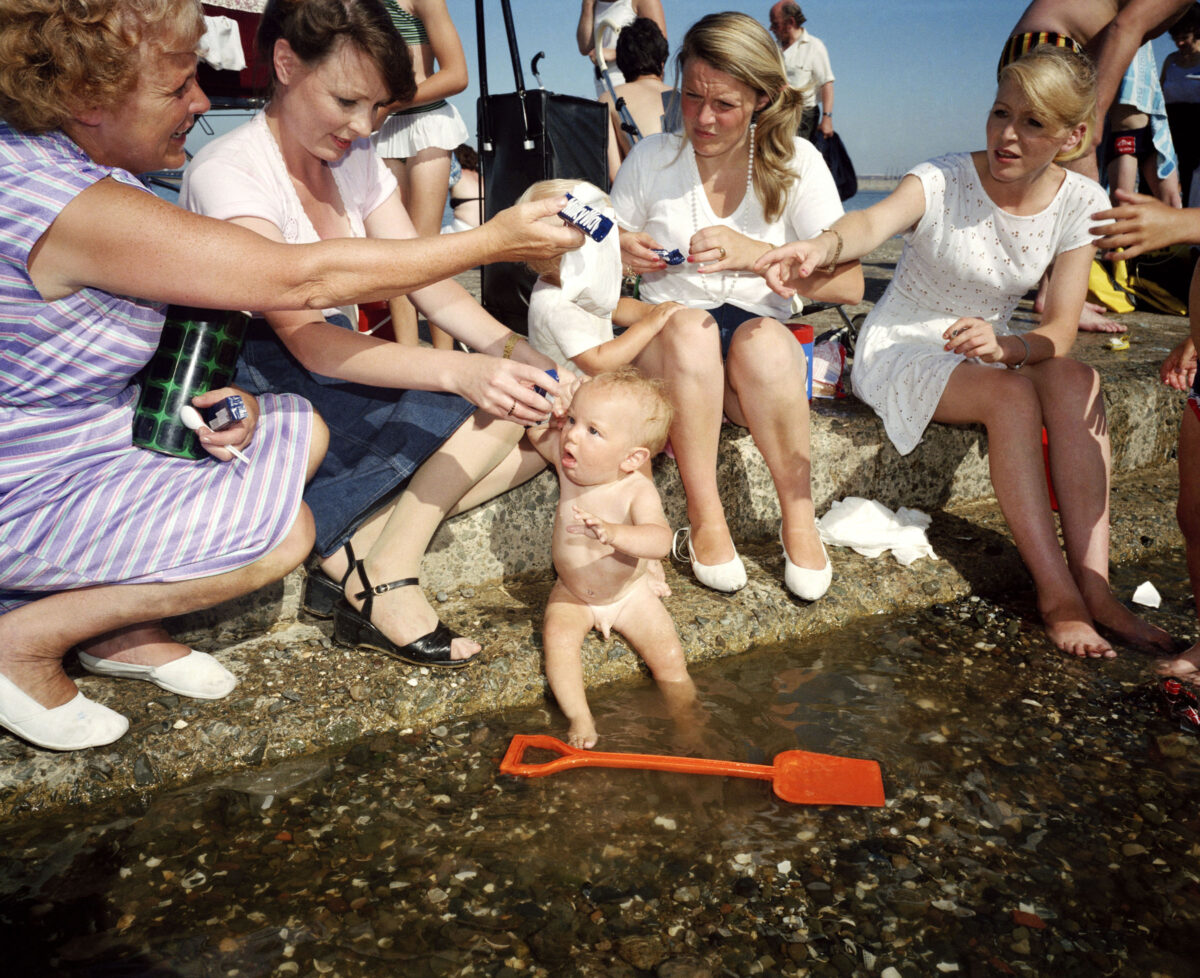Born 1952, Epson, England
„Making sure that [something like that – this is unclear and hard to understand, but I can’t edit it, since I don’t know what the original quote is] really exists“, the British photographer Martin Parr says that [this – not clear what „this“ refers to] is what drives him. He looks for evidence almost obsessively. Perhaps Parr’s search for evidence can be seen most strikingly in his „Luxury“ series, made between 2004 and 2007. Does the world [he captures in „Luxury“] really exist? This is the question hiding behind every photograph from this series. „Yes, this world really exists,“ says Parr. Without shyness, take a look and focus your vision. That is how Parr does it. Without shame, directly, but not without empathy. The result is a series of small-format colored photographs, titled after the name of the place they were taken and the year in which they were taken.
There is no grim English weather [in his „Luxury“ photographs], as there is in his first book, Bad Weather, which made him internationally famous. There is not the hopeless world of the underdogs of society, or the bad taste of the middle class. No, this is a jolly, colorful, and exciting world that Parr encountered in Durban, at Moscow’s fair for millionaires, at Art Basel Miami Beach, in Dubai, [Ascot – a place in England or an event?], and Munich. But is this world really so jolly?
The young, compulsively smiling visitor to the Moscow fair evokes a sense of sadness rather than joy. What about the cigars, which youthful-looking men hold between their fingers, and the luxury brand sunglasses, which protect the faces hidden behind them in Dubai, Miami, or Moscow [as if to say:] Do not worry, there will not be any real human contact. This is exactly what makes this world so barren and lonely. Behind the glasses of champagne, behind the sunglasses, behind the flashy jewels, humanness disappears. Vulgarity, which seems to be global, is replacing humanity. „We are all much richer than is good for us,“ says Parr.
The world of the nouveau riche is colorful, and Parr‘s photographs of this world are even more colorful. His photograph taken at Ascot in 2004, which shows two women standing [next to each other?], is unique. There is a corpulent woman in a pink dress on the left and, on the right, a young woman clothed in an acid purple dress. Between these two women is a purse, adorned with artificial flowers. Suddenly, on the bulging belly of the corpulent woman, we notice a small stain. This stain is precisely the kind of accent that reveals a little bit of humanity beneath the affected trappings of wealth and society, while simultaneously indicating Parr’s unique sense of humor. He uses humor not to make fun of his subjects, but, conversely, to return to them their humanity by capturing their moments of weakness and awkwardness [imperfection, silliness
perhaps?].
Text by Noemi Smolik
